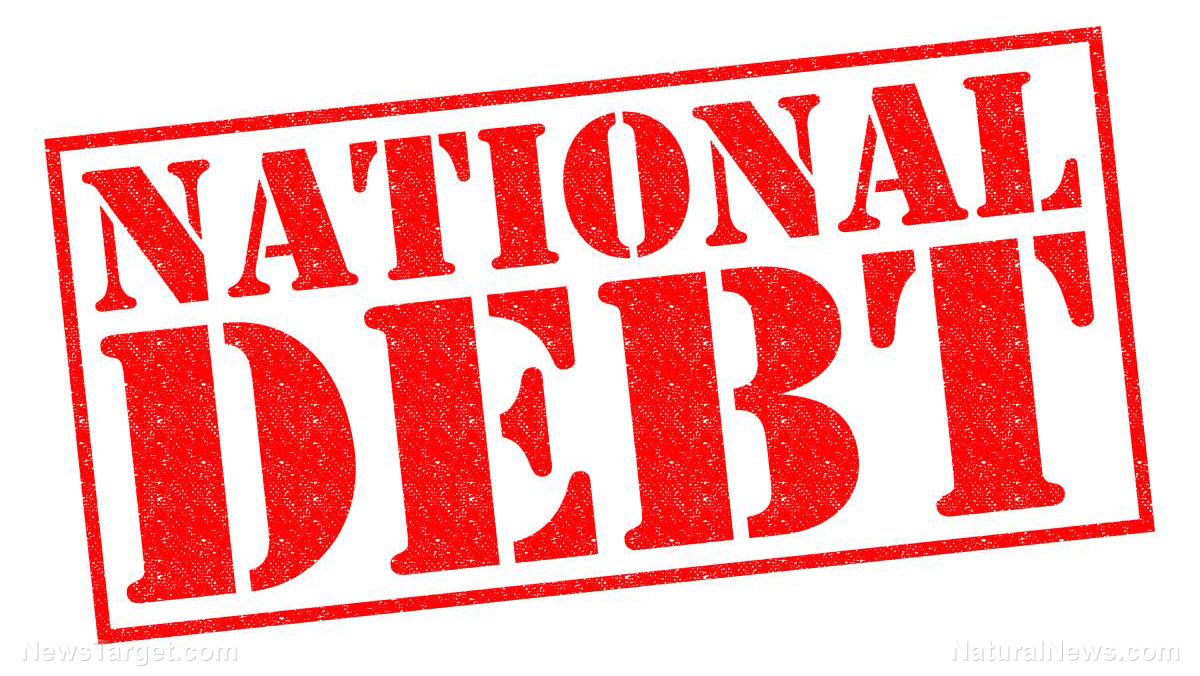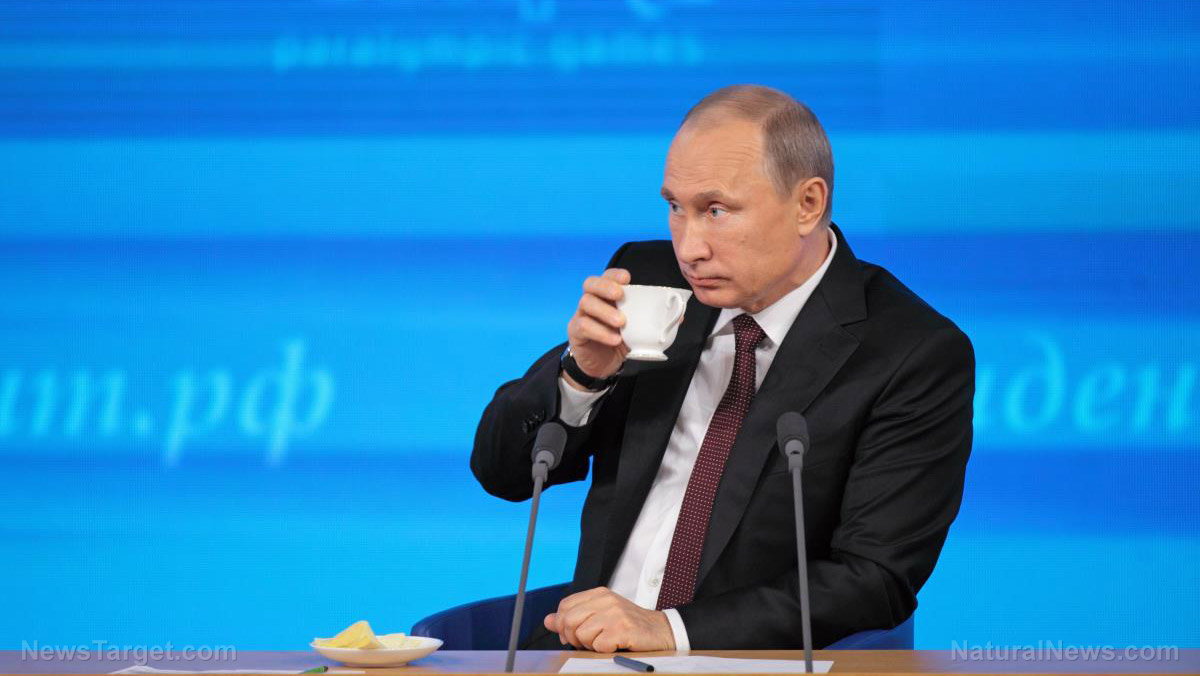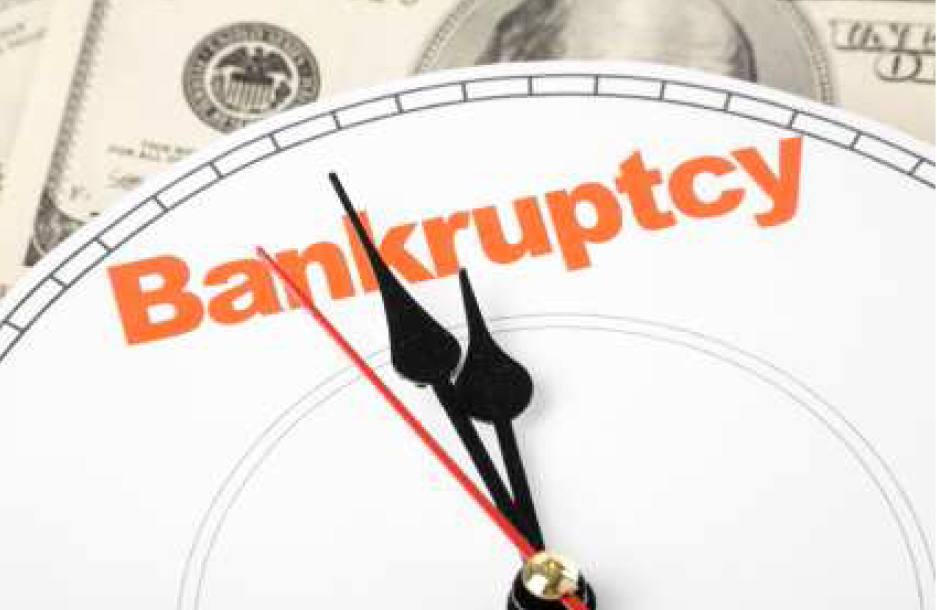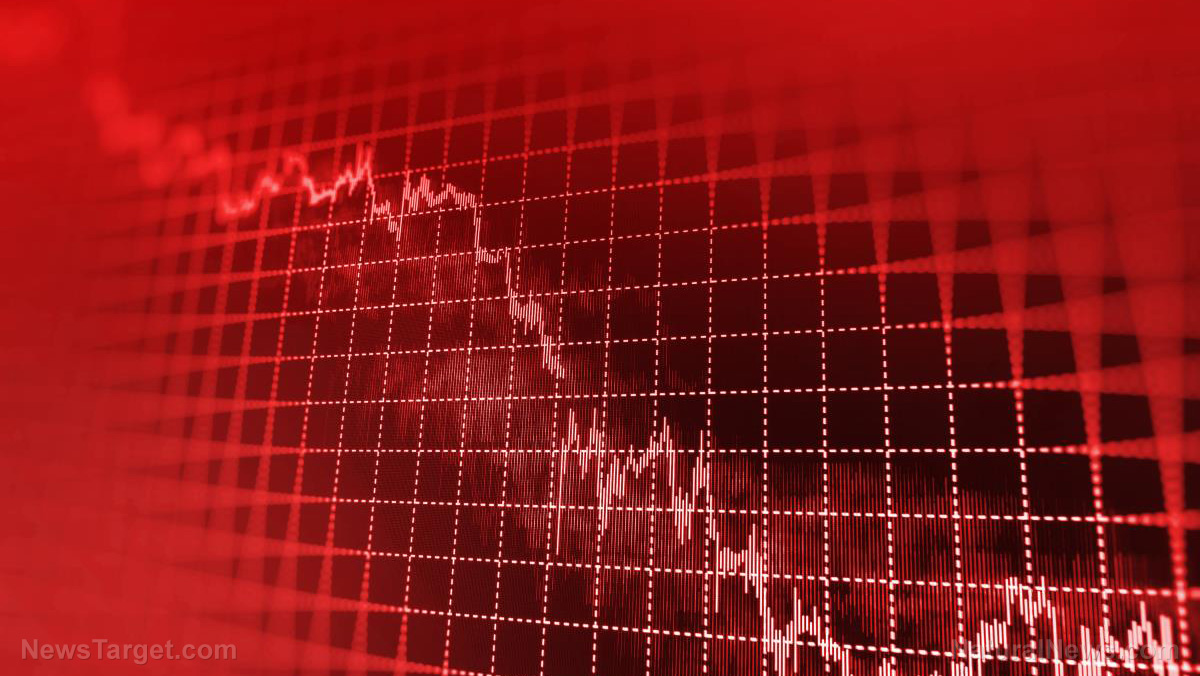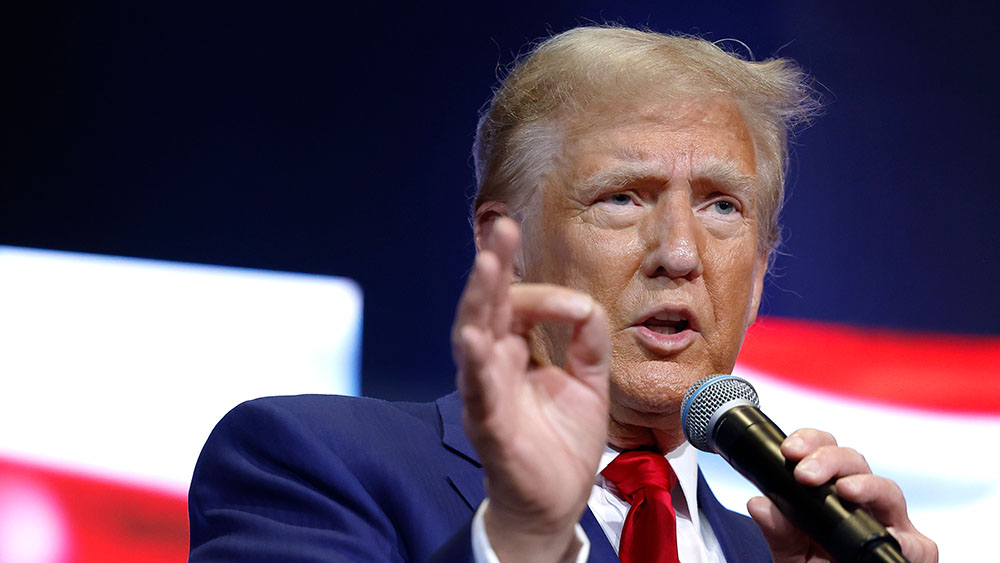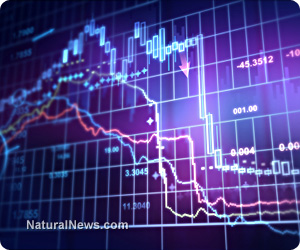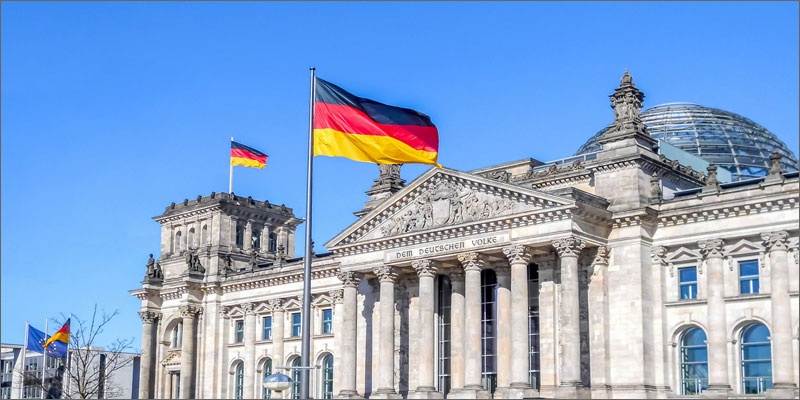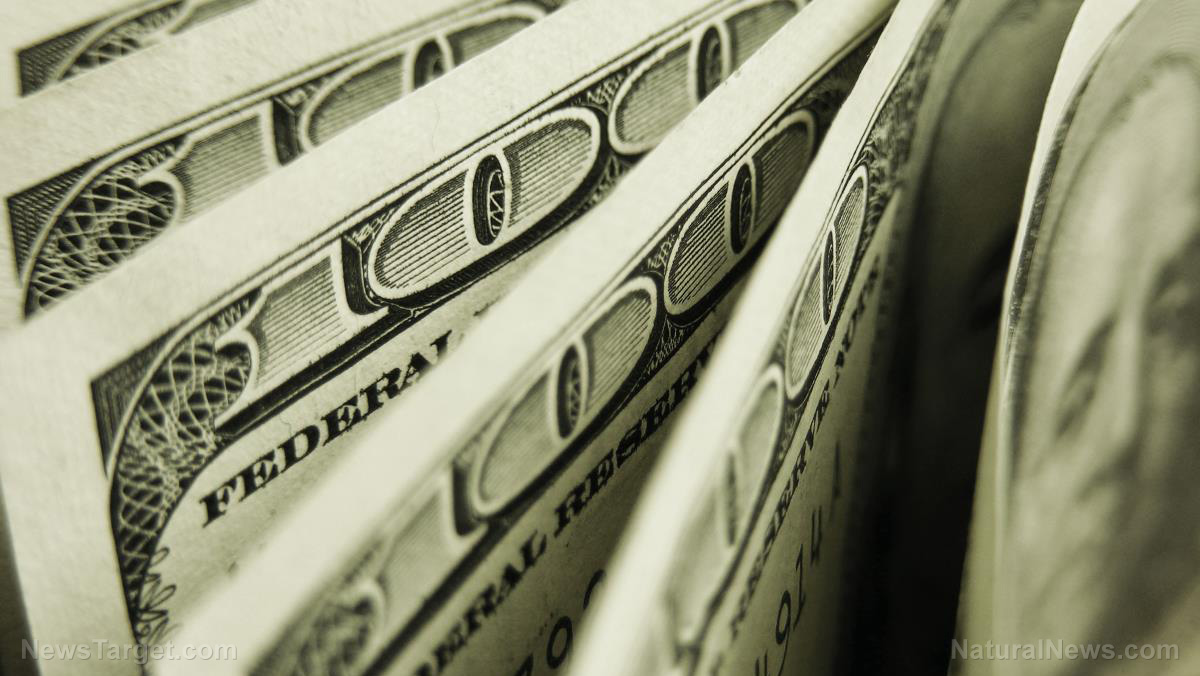China resumes gold purchases, sparking market rally and shaping global gold dynamics
12/12/2024 / By Willow Tohi
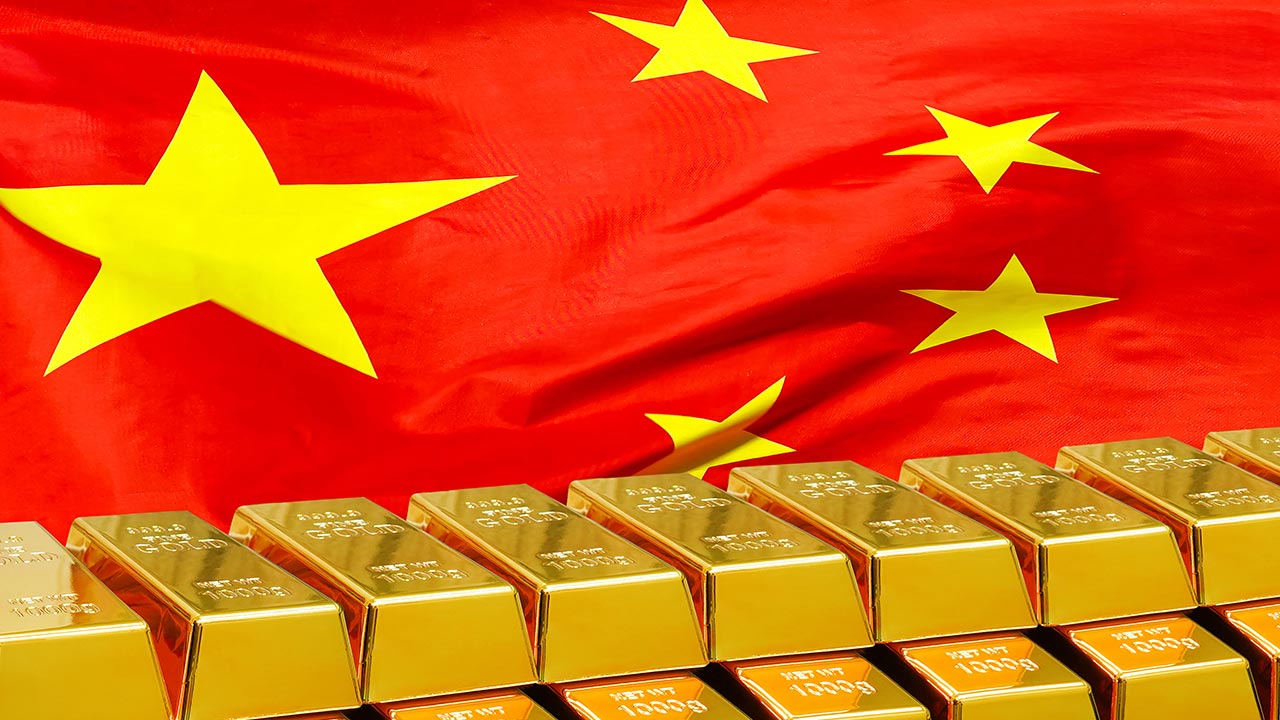
- China Resumes Gold Purchases: The People’s Bank of China (PBOC) restarted gold buying in November after a six-month pause, sparking a surge in gold prices to two-week highs.
- Catalyst for Price Surge: The resumption of Chinese gold purchases, following an 18-month buying streak, acted as a key driver for the recent price jump, breaking a period of low volatility.
- Global Factors Supporting Gold: Gold’s rally is fueled by falling U.S. interest rates, robust central bank demand, and geopolitical tensions, with the metal up over 28% year-to-date.
- Safe-Haven Appeal: Gold’s role as a hedge against economic and political instability is reinforced by ongoing global uncertainties, including post-U.S. election dynamics and Middle East tensions.
- Central Bank Influence: China’s renewed buying could encourage other central banks to increase gold reserves, further supporting gold’s upward trajectory in the long term.
The global gold market has been jolted by a significant development from Beijing, as China’s central bank resumed its gold purchases in November after a six-month hiatus. This move, coupled with the People’s Bank of China (PBOC) launching another major stimulus effort, has reignited investor interest in the precious metal and sent gold prices surging to two-week highs.
Gold’s realized volatility had been in a near-unprecedented decline over the past ten days, with the price of the metal hovering just below its crucial 50-day moving average. This created a coiled spring-like tension in the market, which was abruptly released by the news from China. The resumption of Chinese gold buying, after an 18-month buying streak that ended in May, has been a catalyst for the recent price jump.
The PBOC’s decision to increase gold holdings reflects a proactive approach to safeguarding economic stability amid evolving global conditions. This move is particularly significant following the recent U.S. election, which has added to the geopolitical uncertainty that typically bolsters demand for gold. Zero-yielding bullion thrives in a low-interest-rate environment and is widely regarded as a hedge against political and economic instability.
Robust central bank buying has been a key driver of gold’s record rally this year, alongside monetary policy easing and geopolitical tensions. The metal is on track for its best year since 2010, with a year-to-date increase of over 28%. Falling U.S. interest rates, solid demand from central banks, and ongoing geopolitical tensions have all contributed to this surge. Analysts have noted that the resumption of Chinese purchases could encourage other central banks to follow suit, potentially reigniting record-level buying.
The U.S. Federal Reserve’s recent interest rate cuts have also played a role in supporting gold prices. The Fed initiated its easing cycle with a 50-basis-point cut in September, followed by a 25-basis-point cut in November. Market expectations of another rate cut at the Fed’s December meeting have further fueled bullish sentiment. However, if the Fed adopts a cautious stance and pauses further cuts, it could exert some pressure on gold prices in the short term.
Global tensions affecting the market
Geopolitical tensions in the Middle East have added to the bullish environment for gold. The recent collapse of the Assad regime in Syria, with President Bashar al-Assad fleeing to Russia, has further destabilized the region. This development has heightened political uncertainty, a key factor that drives demand for safe-haven assets like gold.
Spot gold prices surged by 1.1% to 2,662.98 per ounce, while U.S. gold futures settled 12,662.98 per ounce, while U.S. gold futures settled 12,685.50. The market’s reaction underscores the significance of China’s renewed gold purchases, which not only signal the PBOC’s confidence in current price levels but also indicate a willingness to build reserves regardless of short-term volatility.
China was the world’s largest official sector buyer of gold in 2023, and the resumption of its purchases is expected to support investor demand in the country. The PBOC’s gold holdings rose to 72.96 million fine troy ounces at the end of November, up from 72.80 million troy ounces a month earlier. However, the value of China’s gold reserves fell to $193.43 billion, reflecting the recent decline in gold prices following a post-U.S. election sell-off.
Despite the recent pullback, gold remains up 28% year-to-date, reflecting its strong performance in 2023. The resumption of Chinese buying is likely to reinforce the metal’s status as a safe-haven asset, particularly in a low-interest-rate environment and amid ongoing geopolitical uncertainties.
In conclusion, China’s decision to resume gold purchases has injected new momentum into the global gold market, driving prices higher and reinforcing the metal’s role as a hedge against economic and political risks. As central banks around the world continue to accumulate gold, the precious metal’s upward trajectory is expected to persist, supported by a confluence of factors including monetary policy easing, geopolitical tensions, and robust demand from key buyers like China.
Sources include:
Submit a correction >>
Tagged Under:
big government, Bubble, China, currency crash, currency reset, dollar demise, economic riot, finance riot, gold report, market crash, Middle East, money supply, Precious Metals, risk
This article may contain statements that reflect the opinion of the author
RECENT NEWS & ARTICLES
COPYRIGHT © 2017 MARKET CRASH NEWS




